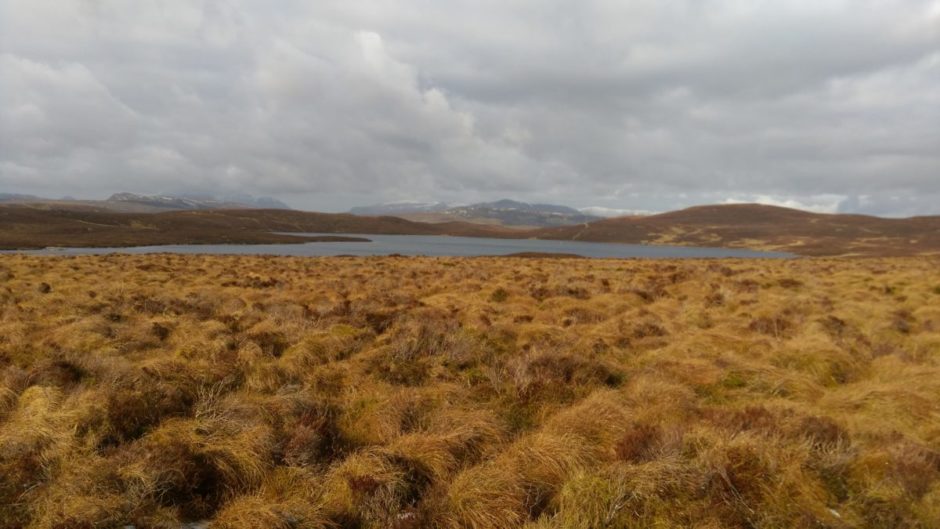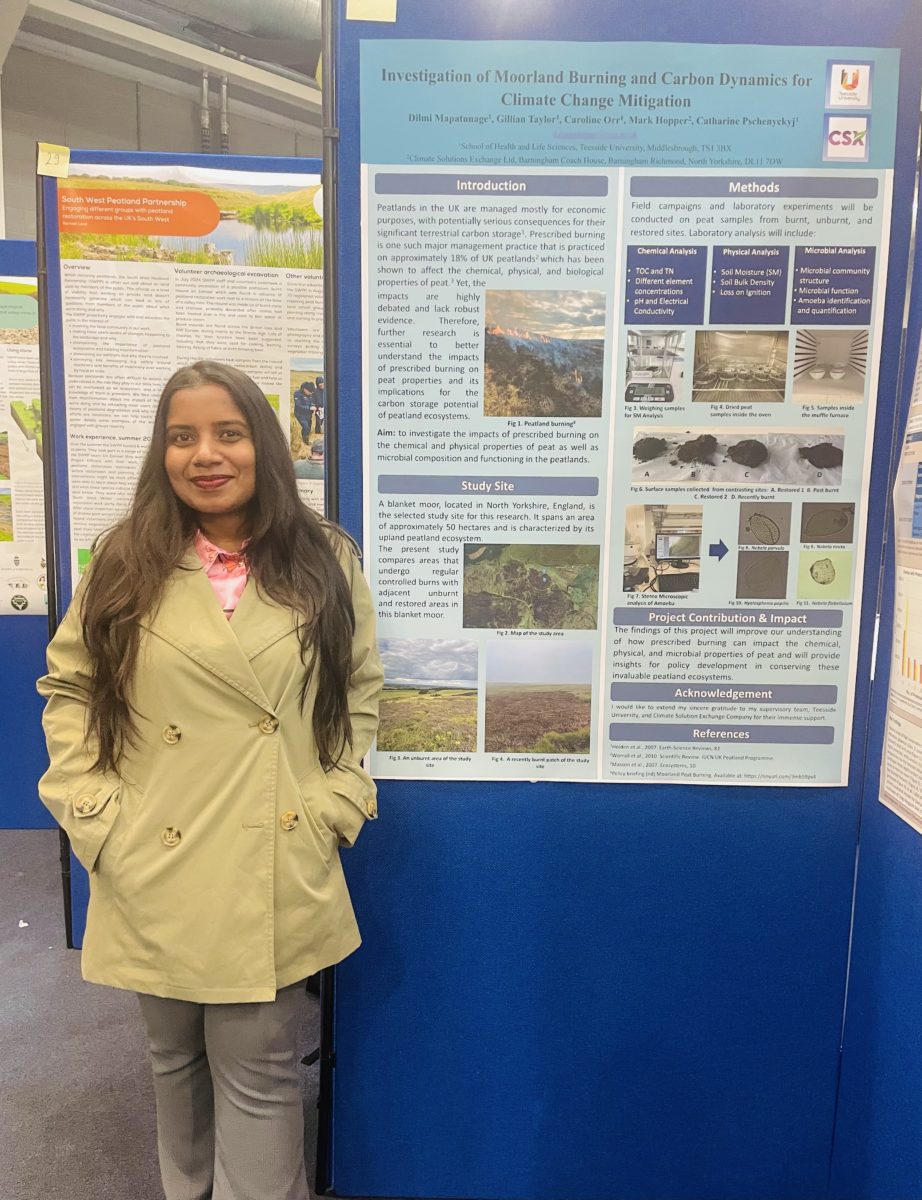Upland areas of the UK were highly impacted by sulphur deposition during the acid rain era of the 1970s-80s. As these soils gradually recover from acidification, they have been loosing increasing amounts of waterborne carbon, known as DOC (dissolved organic carbon). This has resulted in surface waters in peatland catchments becoming increasingly browner in colour, and represents a notable carbon loss from these soils (which may eventually enter the atmosphere as carbon dioxide).
But why is this happening? There is a strong evidence base supporting a physiochemical mechanism in organic soils responding to changing acidity. Low acidity results in DOC ‘clumping’ together, bringing it out of solution, but increasing pH enables this organic material to dissolve back into the soil solution, making it mobile once more. However, are there other mechanisms behind this trend? After all, microbial decomposition of organic matter produces DOC, and conditions become more suitable for microbial activity with increasing pH.
In this study published in Plant and Soil, led by Dr Catharine Pschenyckyj, we assessed the impact of changing acidity on microbial communities and decomposition of dead plant material (as a proxy for DOC production). This was part of a wider long-term field experiment in the Snowdonia and Peak District regions, in which acid rain, and recovery, was replicated.
Interestingly, changing acidity didn’t significantly impact the decomposition rates, DOC production, or microbial diversity. However, decomposition was faster in podzol soils compared to peat soils, leading to higher DOC production. This suggests that soil type and its physical and chemical properties play a bigger role in DOC release than decomposition. This study helps us understand the complex interactions in organic soil ecosystems recovering from acid pollution.
Find out more about this publication here: https://rdcu.be/edbhK



